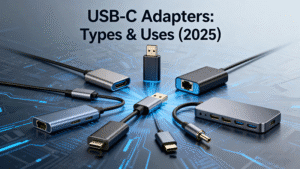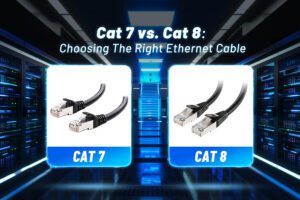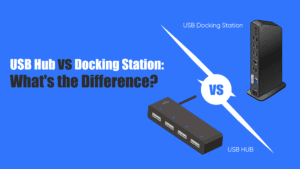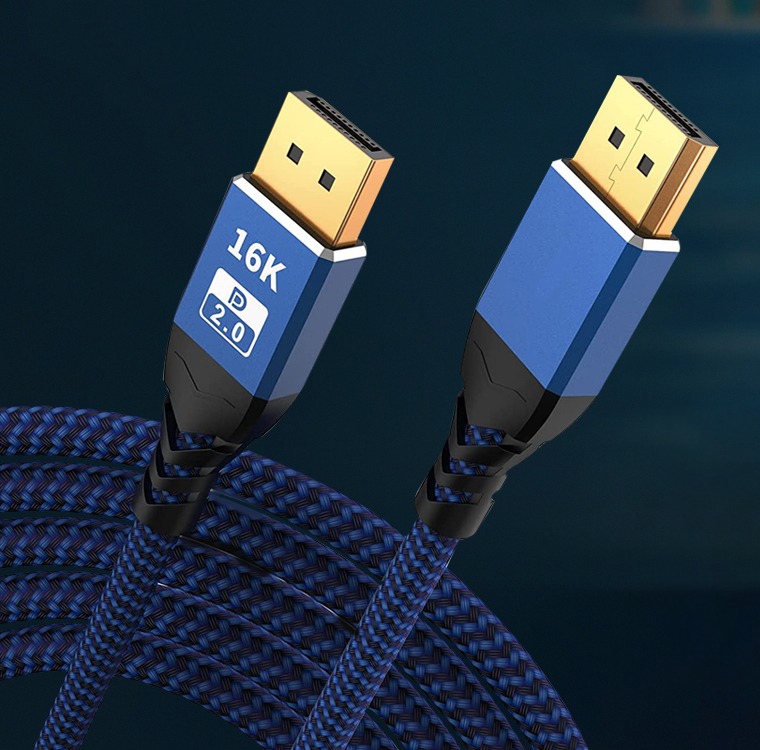1. Introduction
Background
Universal Serial Bus (USB) technology has become a standard for connecting various devices to computers and power sources. Among the different types of USB connectors, Micro-A and Micro-B connectors are commonly used in portable devices. Understanding the differences between these connectors is crucial for optimizing device compatibility and performance.
2. Technical Specifications
Overview of USB Technology
USB is a widely adopted standard for connecting devices to computers and power sources. It supports various data transfer rates and power delivery capabilities. USB connectors come in several types, including Type-A, Type-B, Mini-A, Mini-B, Micro-A, Micro-B, and Type-C.
Types of USB Connectors
- Type-A: Standard rectangular connector used in computers and chargers.
- Type-B: Square connector used in printers and other peripherals.
- Mini-A and Mini-B: Smaller versions used in older portable devices.
- Micro-A and Micro-B: Smaller connectors used in modern portable devices.
- Type-C: Reversible connector used in modern devices for data and power.
3. Physical and Structural Characteristics
Micro-A Connectors
Micro-A connectors are compact and designed for portable devices. They have a rectangular shape with a white receptacle and five pins. Micro-A connectors are less common compared to Micro-B connectors.
Micro-B Connectors
Micro-B connectors are also compact and designed for portable devices. They have a slightly trapezoidal shape with a black receptacle and five pins. Micro-B connectors are more widely used in modern devices.
Comparative Analysis
The primary difference between Micro-A and Micro-B connectors lies in their shape and usage. Micro-A connectors are rectangular, while Micro-B connectors have a trapezoidal shape. Micro-B connectors are more commonly used due to their widespread adoption in modern devices.
4. Data Transfer Rates and Bandwidth
Capabilities of Micro-A
Micro-A connectors support data transfer rates up to USB 2.0 standards, with a maximum speed of 480 Mbps. They are designed for use in portable devices that require reliable data transfer and power delivery.
Capabilities of Micro-B
Micro-B connectors also support data transfer rates up to USB 2.0 standards, with a maximum speed of 480 Mbps. Additionally, Micro-B connectors are used in devices that support USB 3.0 standards, offering data transfer rates up to 5 Gbps.
Comparative Analysis
Both Micro-A and Micro-B connectors support similar data transfer rates under USB 2.0 standards. However, Micro-B connectors have an advantage in supporting USB 3.0 standards, offering higher data transfer rates.
5. Signal Integrity and Quality
Signal Transmission in Micro-A
Micro-A connectors use differential signaling to transmit data, ensuring reliable signal transmission with minimal interference. They include error detection and correction mechanisms to maintain signal integrity.
Signal Transmission in Micro-B
Micro-B connectors also use differential signaling and include error detection and correction mechanisms. The design of Micro-B connectors allows for reliable signal transmission, even in high-speed applications.
Error Detection and Correction
Both Micro-A and Micro-B connectors include error detection and correction mechanisms to ensure reliable data transmission and maintain signal integrity.
Shielding and Interference
High-quality Micro-A and Micro-B cables are designed with shielding to protect against electromagnetic interference (EMI) and radio frequency interference (RFI), ensuring reliable signal transmission.
6. Compatibility and Interoperability
Device Compatibility with Micro-A
Micro-A connectors are compatible with devices that specifically support Micro-A connections. They are less commonly used compared to Micro-B connectors.
Device Compatibility with Micro-B
Micro-B connectors are widely compatible with various portable devices, including smartphones, tablets, digital cameras, and external hard drives. They support backward compatibility with older USB standards.
Interoperability
Both Micro-A and Micro-B connectors maintain interoperability with other USB devices through the use of adapters and converters. This flexibility ensures that users can connect their devices regardless of the USB connector type.
7. Applications and Use Cases
Consumer Electronics
Micro-B connectors are widely used in consumer electronics, including smartphones, tablets, digital cameras, and external hard drives. Micro-A connectors are less commonly used but can be found in specific portable devices.
Professional and Industrial Applications
In professional and industrial settings, Micro-B connectors use for applications requiring reliable data transfer and power delivery. Micro-A connectors use in specific applications where their design is preferred.
Emerging Technologies
Both Micro-A and Micro-B connectors play significant roles in emerging technologies, such as IoT and wearable devices, where reliable and compact connectivity is essential.
8. Power Management and Efficiency
Power Delivery in Micro-A
Micro-A connectors support power delivery up to 2.5W (5V, 500mA) under USB 2.0 standards. They design to provide reliable power to portable devices.
Power Delivery in Micro-B
Micro-B connectors also support power delivery up to 2.5W under USB 2.0 standards. Additionally, Micro-B connectors used in USB 3.0 devices can support higher power delivery, up to 4.5W (5V, 900mA).
Efficiency Improvements
Ongoing advancements in USB technology continue to improve energy efficiency and power delivery capabilities, making both Micro-A and Micro-B connectors more suitable for various applications.
9. Future Trends and Developments
Advancements in USB Technology
Future advancements in USB technology expect to focus on increasing data transfer rates, improving energy efficiency, and enhancing support for emerging applications such as IoT and wearable devices.
Market Adoption and Industry Trends
The adoption of Micro-B connectors expect to continue growing, driven by the increasing demand for reliable and compact connectivity in portable devices. Micro-A connectors may see limited use due to their less common adoption.







